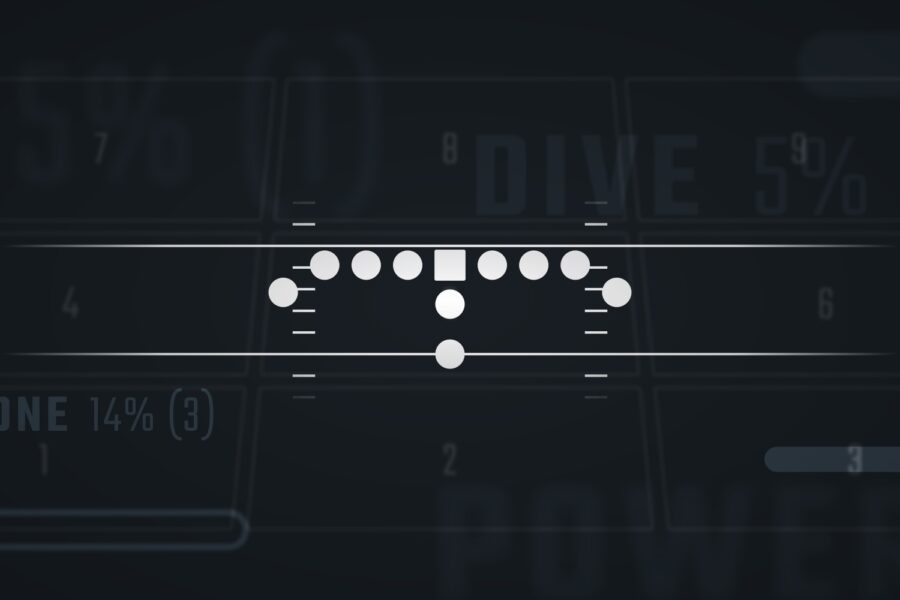0:25 — Coach Vass’ football journey
From The U to semi-pro to Juco to D3 and even Tom Brady’s high school alma mater, Vasseur’s been around the block. He talks about the role data and video have played in his career ascent.
8:00 — Getting help from afar?
For coaching staffs who want to get more into data, but just don’t have the manpower or resources, could hiring a remote analyst be the answer? Coach Vass makes the case for the power of the “e-meeting”.
13:30 — Put it on paper first. Really.
The first thing Coach Vass says to do as a coordinator getting into the data? Sketch it all out on paper, and organize the columns how you want it to look in Hudl.
16:20 — Don’t add columns. Manage sets.
Not all columns are created equal. Coach Vass explains why this is such an important step.
21:00 — How to tag for every situation
There’s more to it than just the red zone. Coach Vass goes over all of his situational tags, including first play of drive, sudden change, high and low red zones, first play in a series, and even something he calls “Scrubini.”
24:10 — The value of 'alt personnel'
What if you charted personnel groupings by what they would be if everybody lined up at their natural position? Why is this important? Coach Vass makes the case for creating this column in your data.
32:50 — The importance of using practice scripts
Coach Vass says switching to Hudl’s practice scripts years ago was “one of the best decisions I ever made.” He explains why.
34:00 — Charting formation variations, formation shells and formation groups
Why add these columns? Consider, for instance, that running back location can give away a lot about the play. This is an effective way to track more nuanced tendencies.
37:20 — Don’t dilute your data!
Be careful adding things that fragment your data. Coach Vass shows you efficient ways to measure:
- Formation in boundary (38:25)
- Shift vs. motion (39:00)
- Direction/action (40:25)
- Blocking adjustment (43:35)
44:45 — Be careful when tracking RPO’s
If your opponent’s reaction is based on your defense, not what they want to do, why bother with run-pass tendencies on RPO’s? Says Coach Vass, “If you’re studying tendencies on a tendency that’s based on a defense, it’s useless.”
46:15 — The value of tracking 'offensive concept'
Coach Vass uses the example of scouting double wing teams, which typically run a short list of plays from a variety of blocking schemes. By tagging just the play, and not the concept, you lose the ability to understand why it’s run a certain way against certain fronts.
53:00 — How it all looks together
Coach Vass shows how he’s quickly able to filter through all this data to get the right answers, right away. And by the way, he reminds, you can run custom reports on all of this.
1:02:10 — You’ve got the film. Now, put away the charts.
“What’s the first thing you do when you get the film? ‘I gotta start tagging, I gotta start tagging,’ right?” Coach Vass asks. “Watch the film. Put down the remote. I try not to take notes. Write down your overall feelings. That will inform a lot of the questions you get asked.”
1:04:00 — Advice on charting pass protection
This is one of the trickier things to track. But Vass offers some suggestions, including marking which way your center turns.
Vass breaks down all the different field positions he charts, including the yellow zone, “high” and “low” red zones, the “free-wheeling zone” and the humorously-named “Alumni zone.”
1:07:00 — No goal line defense? Really?
In 14 years of coaching, Vass says he’s never put in a goal line defense. Really! And his rationale is simple—if you don’t have six good down linemen, what’s the point? Be aggressive instead.
1:08:55 — Look to the future with an “issues” column
Vass took this idea from Alabama. If there’s something they need to have an answer for next year, they’ll tag it now.
1:10:05 — Charting down and distance group
Not every coach breaks up their third down play-calling tendencies by the same yardage to go. Here’s a helpful hack for when you pick up on that.

